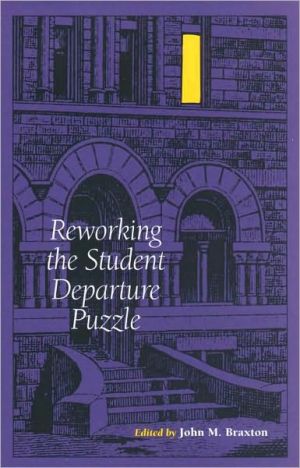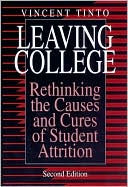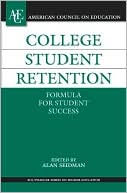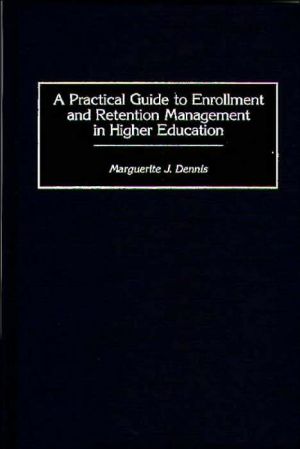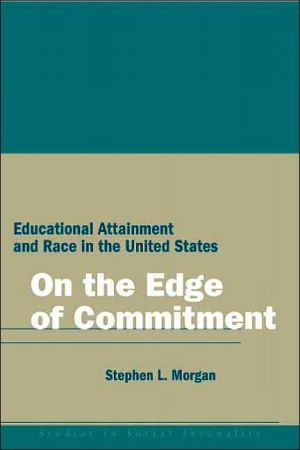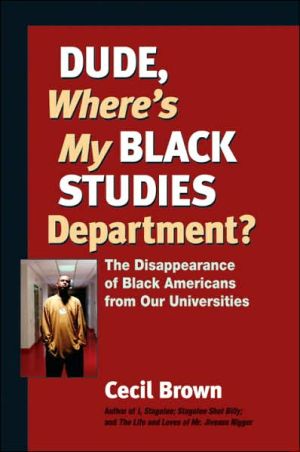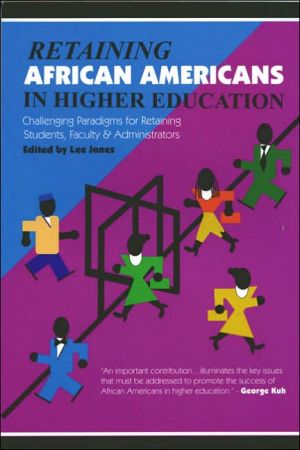Reworking the Student Departure Puzzle
More than a quarter of the students who enter four-year institutions and half of those who enter two-year schools depart at the end of their first year. This phenomenon is known as the "departure puzzle," and for years, the most important body of work on student retention has come from sociologist Vincent Tinto. \ The contributors, including Tinto himself, offer a variety of both theoretical and methodological perspectives to the Student Departure Puzzle.
Search in google:
More than a quarter of the students who enter four-year institutions and half of those who enter two-year schools depart at the end of their first year. This phenomenon is known as the "departure puzzle," and for years, the most important body of work on student retention has come from sociologist Vincent Tinto. The contributors, including Tinto himself, offer a variety of both theoretical and methodological perspectives to the Student Departure Puzzle.
heoretical Considerations in the Study of Minority Student Retention in Higher Education 000Laura I. Rendón, Romero E. Jalomo, and Amaury NoraInvestigating the Processes of Persistence Refining Discourse Analysis as a Tool for Generating New Departure Theory 000Robert M. Johnson, Jr.Where Is the Student?Linking Student Behaviors, College Choice,and College Persistence 000Francis K. Stage and Don HosslerA Cultural Perspective on Student Departure 000George D. Kuh and Patrick G. LovePower, Identity, and the Dilemma of College Student Departure 000William G. TierneyNew Institutional Theory and Student Departure 000Berta Vigil Laden, Jeffrey F. Milem, and Robert L. CrowsonConclusion Reinvigorating Theory and Research on the Departure Puzzle through Inductive Theory Revision and Other Research Recommendations 000John M. BraxtonIndex
\ From the Publisher\ By choosing to rework and examine college student retention, the authors have chosen to bravely confront, revise, and augment the venerated Tinto Interactionist Theory. Unafraid to challenge an icon of higher education that has been well-respected for over twenty-five years, the authors provide new theories and directions more appropriate to the diverse college students found on the campuses of the twenty-first century. --Linda Serra Hagedorn, Center for Higher Education Policy Analysis, University of Southern California\ By choosing to rework and examine college student retention, the authors have chosen to bravely confront, revise, and augment the venerated Tinto Interactionist Theory. Unafraid to challenge an icon of higher education that has been well-respected for over twenty-five years, the authors provide new theories and directions more appropriate to the diverse college students found on the campuses of the twenty-first century. --Linda Serra Hagedorn, Center for Higher Education Policy Analysis, University of Southern California\ \ \
